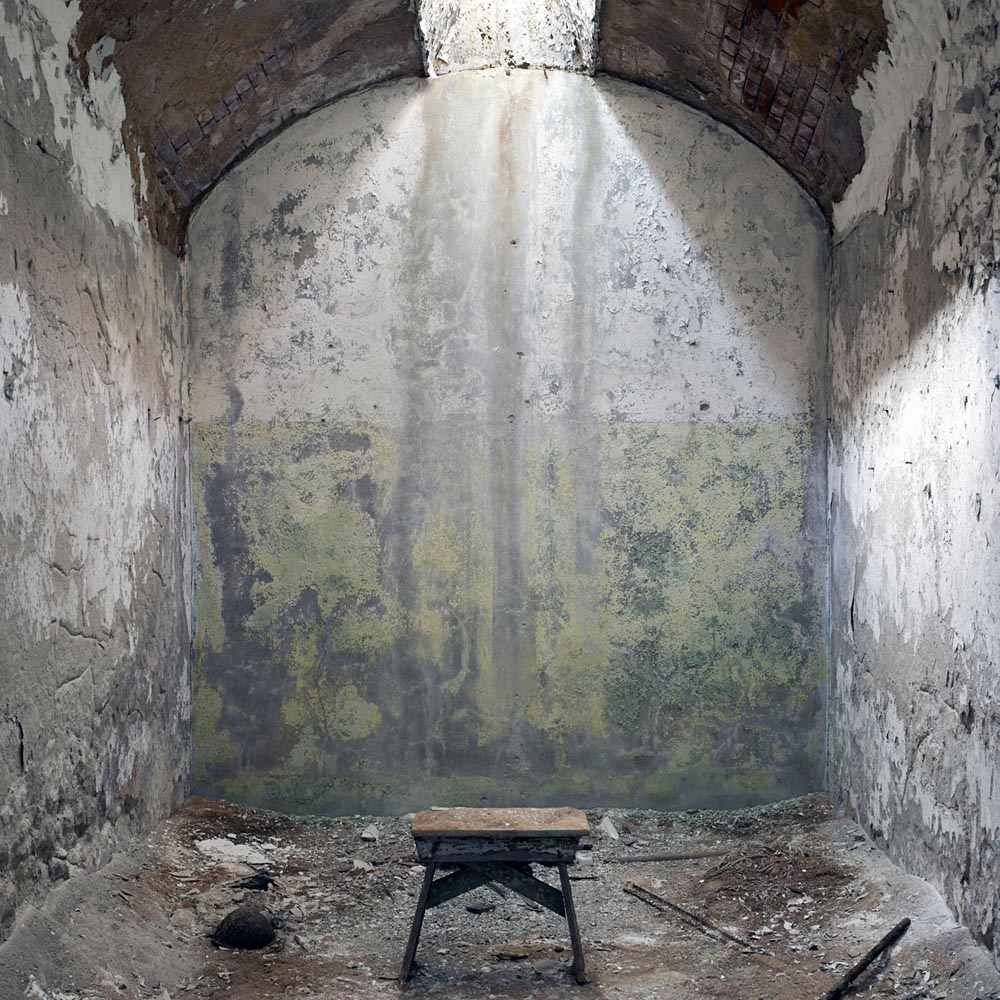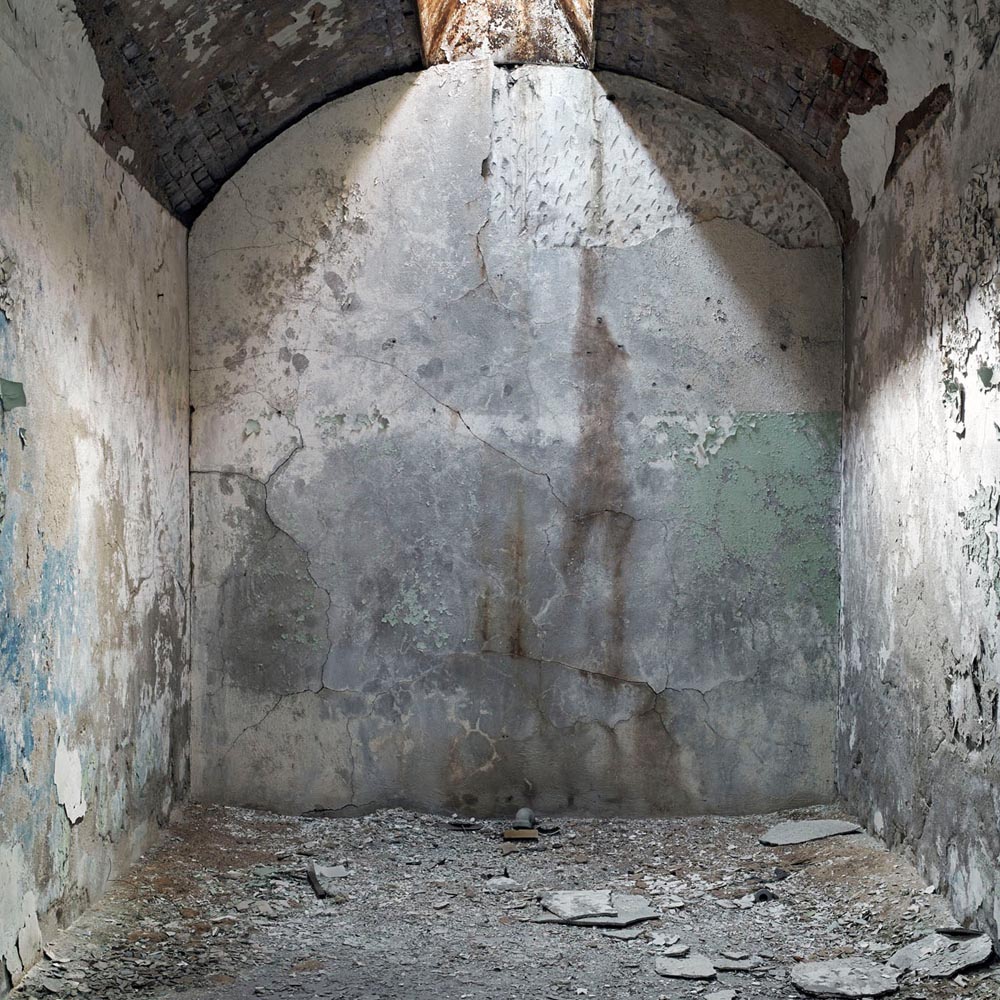












While a penitentiary is not a chapel, it is a place where one was sent for penance, albeit not of one's own free will.
In America, in the early 19th century, it was thought that solitary confinement was a humane and even redemptive incarceration practice for individuals convicted of crimes against society. The idea was that the prisoners would be left entirely alone to find redemption and feel... "genuine regret and penitence" for their crimes and move the criminal toward spiritual reflection and change.
Debate soon grew over the morality of the solitary confinement and we now know that solitary confinement is a form of torture that left lifelong emotional scars on those the system was trying to purify.
The photographs in this project were created in the first and most infamous of these penitentiaries, Eastern State Penitentiary in Philadelphia, PA. The cells of Eastern State Penitentiary, when viewed today, have a sense of calm reminiscent of the Rothko Chapel in Houston, TX. This unique chapel is a place where people come to meditate, pray or just contemplate life while viewing Rothko's large abstract paintings.
The photographs are not a documentation of the cells where the tortuous practice of solitary confinement took place, but rather, are meant as a vehicle for meditation, contemplation or spiritual redemption similar to what was first intended by the architect of the prison cells - akin to the meditative space within the Rothko Chapel.
Finding redemption or inner peace, verses incarceration or torture.